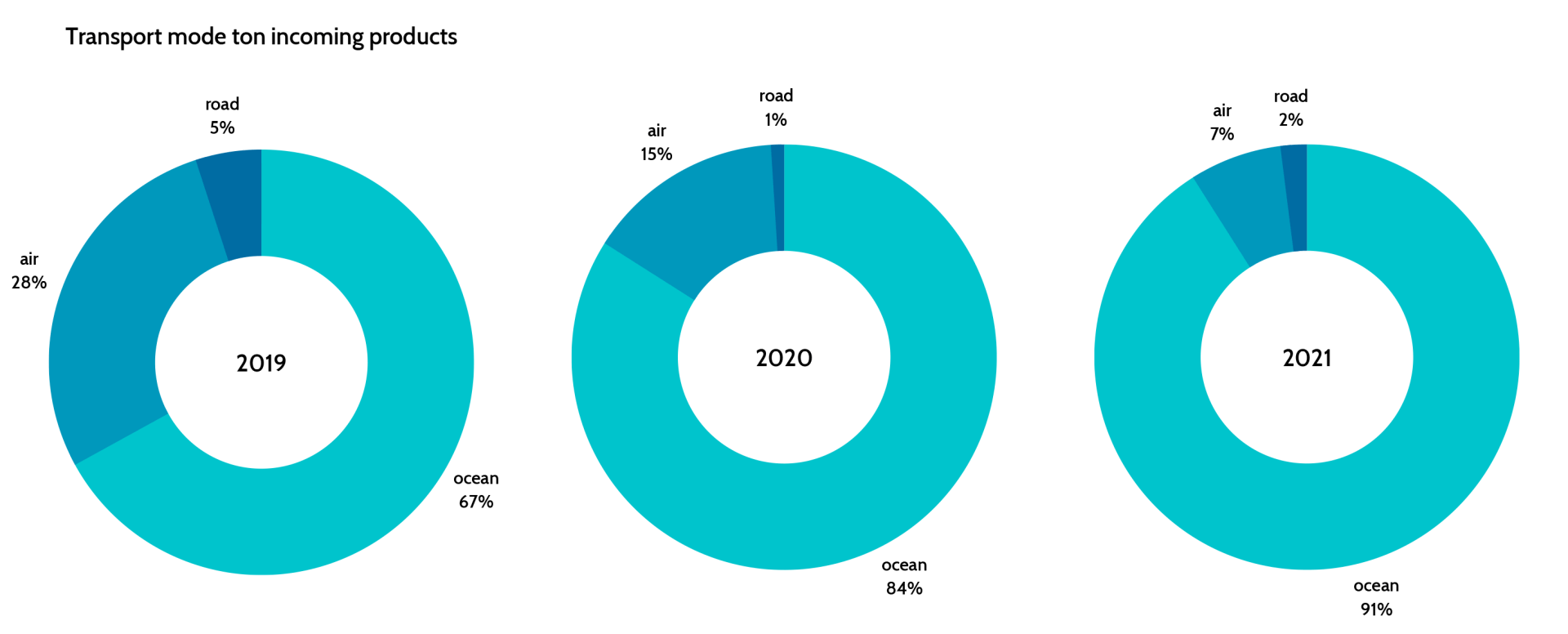
Elements has a science based target!
Elements has been calculating its carbon footprint (CO2e or carbon footprint) since 2019. Calculating your CO2e emissions is necessary for drawing up an emissions reduction plan.
Our footprint up to now
The largest share of emissions is in our scope 3 (79% over the years). We have known since 2019 that our biggest impact is inbound transport by plane. Therefore, we started working on it with an internal target to transport 90% of our inbound goods (in tons) by boat, and we reached that goal in 2021!

The result? Although we imported more tons in 2021 than in 2019, our total CO2e emissions are down by 51%, much of it due to our import planning. Only 0.84 tCO2e is still emitted per ton of inbound product compared to 3.05 tCO2e in 2019.
Now the challenge is to maintain this ratio through the tumultuous waters of the import ocean.
"Every little effort contributes, provided we keep a close eye on our import planning and business travel."
For scope 1+2, we encouraged everyone to use the car less through the mobility plan. This laid the foundation of our climate strategy, identifying our operational impact and trying to reduce it (albeit without concrete public targets).
science based target
Despite significant steps in scope 3, scope 1+2 remained difficult to address properly. We have been using renewable energy since 2018 so there was no reduction to be expected there, although we are now opting for the most committed form of renewable energy: community energy. After the covid-related dip in 2020, we saw a new surge in 2021, fueled by increased activity and an expanding sales team. Scope 3 emission reductions should not be an excuse not to address our own operation, so we looked for momentum to start reducing our scope 1+2 more thoroughly.
"We now have a science based target for reducing scope 1 and 2 emissions by 46% by 2030 compared to 2019."
Science Based Targets initiative (SBTi) (https://sciencebasedtargets.org), established in 2015, is a partnership between Carbon Disclosure Project (CPD), the United Nations Global Compact, the World Resources Institute (WRI) and the World Wildlife Fund (WWF). With the aim of encouraging ambitious climate action in business by enabling organisations to set science-based emission reduction targets.
this means:
- We aim to reduce scope 1 and 2 emissions by 46% by 2030 compared to 2019. Our target has been validated by the Science-Based Target initiative (SBTi), meaning it is in line with what science says is needed to limit global warming to 1.5°C;
- Scope 3 emissions we continue to reduce with our own targets;
- From now on, we will report our progress against this target annually.
We used the streamlined validation route for SMEs, where no scope 3 targets are validated by SBTi. This does not mean that we no longer pursue emission reductions there. Given the modest success of our scope 3 reduction plan in the past, we know what to do (and continue to do) in this matter.
Our dream is to decouple our emissions (scope 1+2 in the short term and scope 3 in the long term) from our growth.
Find our reduction actions on the page Our Footprint!
CO2 Neutral vs SBTi
We are moving away from carbon neutrality for 3 reasons:
- We are fully committed to emission reductions, and want to send that signal to our partners. A reduction in line with what is needed to limit global warming to 1.5°C. We now have a science-based reduction target (SBT) for scope 1+2 validated by the Science-Based Targets initiative. For scope 3, we have our own targets.
- We do not believe that offsetting via carbon credits is the best way to structure our contributions to nature into the future. We already donate 1% of our turnover to nature and environmental organisations through 1% for the Planet. This sends a stronger message, which we fully support. Unlike the sometimes controversial carbon credit market. By moving away from the CO2 Neutral label, we are also moving away from offsetting our emissions via carbon credits. The freed-up budget will still be donated to nature and environmental organisations within our 1% for the Planet commitment.
- As with "sustainability", the average person today no longer knows what the term "CO2 Neutral" actually means. This vagueness creates an illusion of progress in some cases. Especially since CO2 Neutral claims are mostly made so that they can be found at a glance in the form of a label on a package. The label gives an apparent confidence, the purchase decision is made and the underlying story is lost. In the quest for sustainable development, the only thing more dangerous than the absence of progress is the illusion of it (EY Report Enough 2022).
Although there are reliable CO2 Neutral claims and improvement is on the way thanks to stricter legislation, we as Elements have decided, based on the 3 reasons above, to stop claiming CO2 Neutrality.
We may stop the claim, but we still believe that with our new strategy we are making a greater contribution to the fight against global warming in practice.
So, what is actually changing?
"Our strategy is now based on the pursuit of emission reductions and our 1% for the Planet commitment through which we try to contribute to a better future in a transparent way."
- We now have a public reduction target for scope 1+2, validated by SBTi, that contributes to keeping climate change below 1.5°C.
- For Scope 3, which falls outside SBTi's validation for SMEs we have internal reduction targets.
- We report our progress annually so that everyone will be able to see what our progress is.
- A concrete, public objective increases commitment. Everyone in our little company realizes that they will have to do their bit if we want to meet those targets.
- The 1% for the Planet budget remains the same (1% of turnover), there is now an
extra budget
on top of that to invest in structural solutions (such as solar panels, heat pump, charging stations, electric cars, mobility budget) that are going to help us meet our target.
Read our full commitment on Our Footprint and in the impact report.






